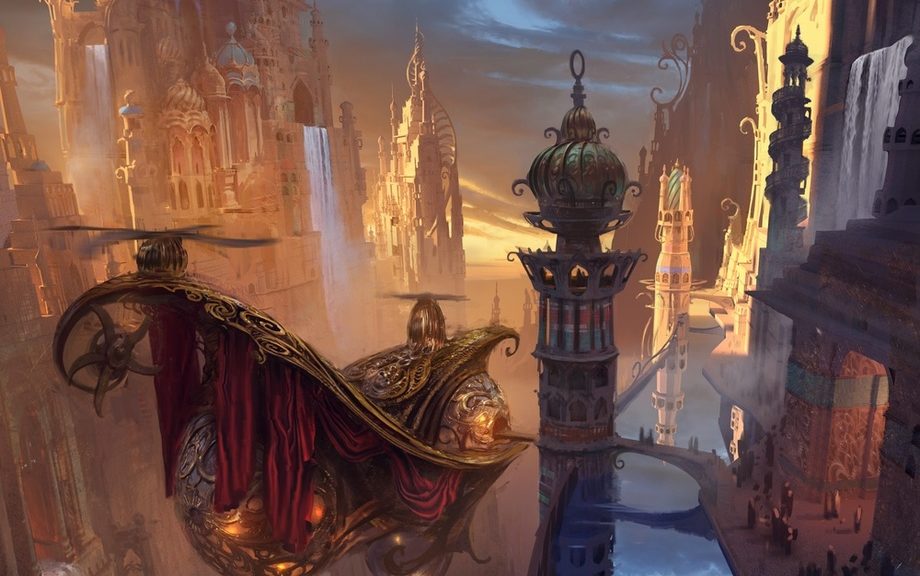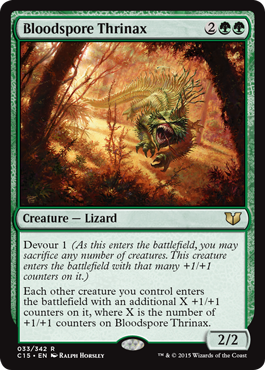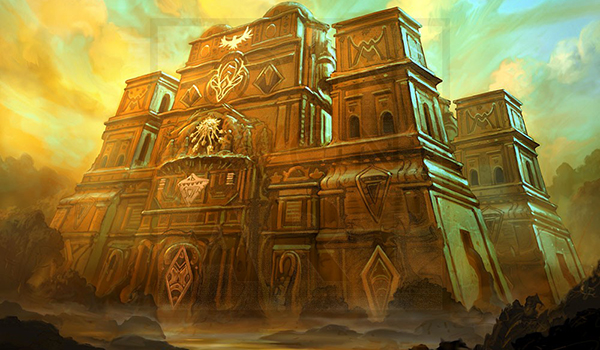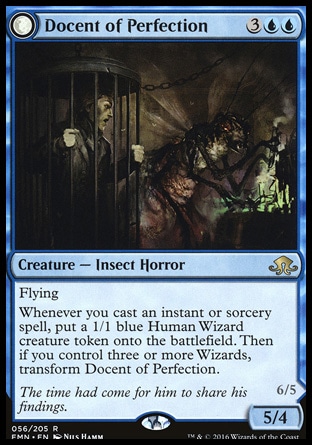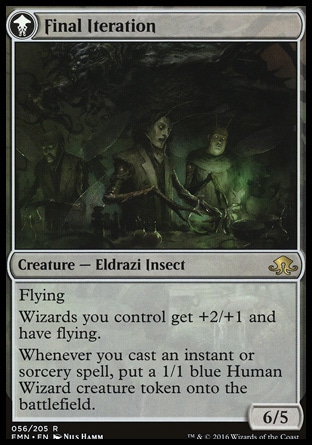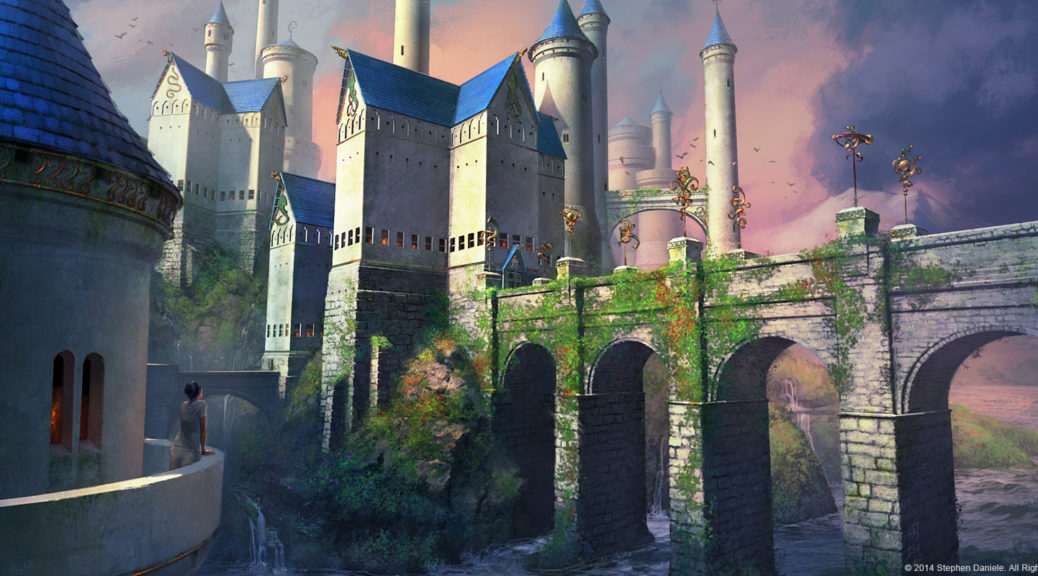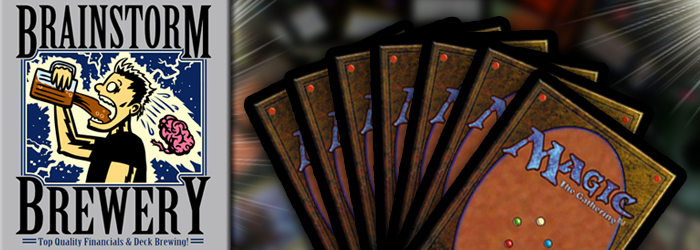MTG Fast Finance is our weekly podcast covering the flurry of weekly financial activity in the world of Magic: The Gathering. MFF provides a fast, fun and useful sixty minute format. Follow along with our seasoned hosts as they walk you through this week’s big price movements, their picks of the week, metagame analysis and a rotating weekly topic.
Show Notes: November 16th, 2017
Segment 1: Top Movers of the Week
| Card | Set | Old Price | New Price | Increase |
| Ebony Horse | Arabian Nights | $3.00 | $9.00 | $6.00 |
| Nicol Bolas | Legends | $55.00 | $140.00 | $85.00 |
| Defense Grid (Foil) | Urza’s Legacy | $40.00 | $100.00 | $60.00 |
| Moggcatcher (Foil) | Nemesis | $12.00 | $26.00 | $14.00 |
| Diamond Valley | Arabian Nights | 350 | 550 | $200.00 |
| Multani, Maro-Sorcerer | Urza’s Legacy | $115.00 | $175.00 | $60.00 |
| Angus Mackenzie | Legends | $120.00 | $165.00 | $45.00 |
Segment 2: Picks of the Week
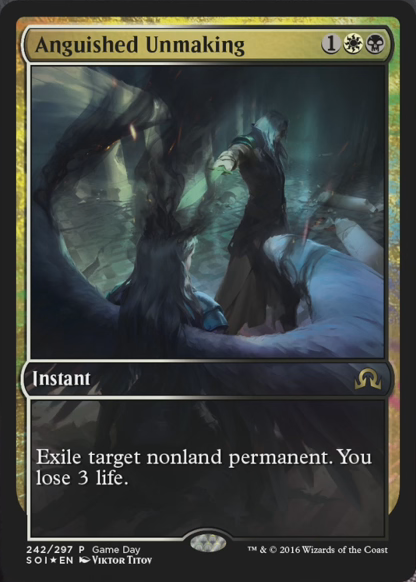
James’s Picks:
| Card | Set | Confidence (1-10) | Timeline | Current Price | Target Price |
| Spirebluff Canal (foil) | Kaladesh | 8 | 1 year | $15.00 | $30.00 |
| Anguished Unmaking (Game Day Promo) | WPN Promo | 8 | 6-12 months | $6.00 | $15.00 |
| Unclaimed Territory (League Promo) | WPN Promo | 8 | 12-18 months | $3.50 | $8.00 |
Cliff’s Picks:
| Card | Set | Confidence (1-10) | Timeline | Current Price | Target Price |
| Earthcraft | Tempest | 9 | 2 years | $30.00 | $80.00 |
| Path of Ancestry | Commander 2017 | 9 | 1 year | $2.50 | $8.00 |
| Bloodspore Thrinax | Commander 2015 | 7 | 18 months | $2.00 | $8.00 |
James and Cliff break down GP Atlanta, with a review of the top decks, what got camera time, and what cards are going to move based on the current state of Standard.
Segment 4: Unstable Previews and MTG Finance
Cliff and James dive into a discussion of what Unstable represents, who it’s for, and what’s worth looking at. Comparisons to other sets and long-term outlook on what this set could have been are also brought up.
